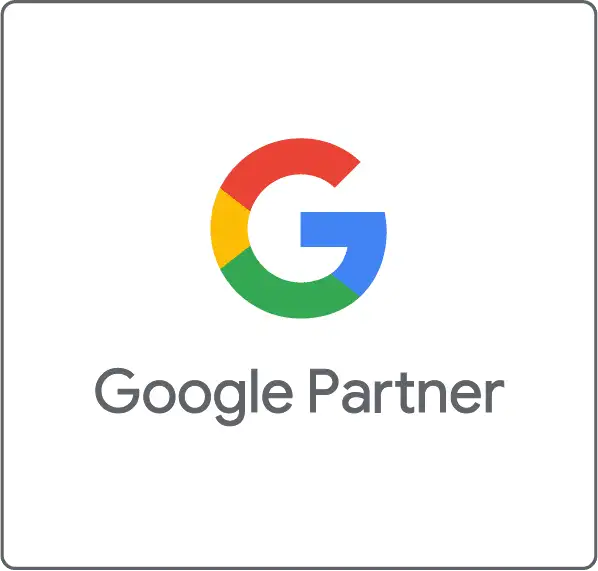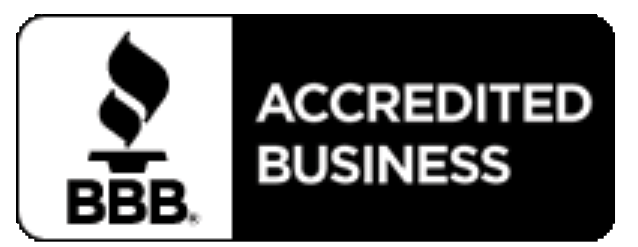Whether you are new to digital advertising, or you are taking another look at the ecosystem it’s a sophisticated space with lots of overlapping offerings. In explaining the marketplace we make distinctions between digital advertising, display advertising, and programmatic advertising. More than half of digital advertising is comprised of display ads, and most of the other half is the search business. Most of the display part is transacted through programmatic technologies.
The reason this is important is to understand why programmatic is becoming synonymous with digital display advertising. The key point is that years from now programmatic fades into the background and it becomes simply digital advertising.
Agencies and advertisers that want to leverage the best possible ad buying capabilities and functionality are paying attention to this space. They are taking a lead on the ways that ad buying is being transacted for their enterprise. Those that don’t have the bandwidth to take programmatic fully in house, are taking an active role to understand the intricate mechanics of this ecosystem.
To remain competitive advertisers are learning how to collect data, how data is used across the ecosystem and how different types of data (i.e. people based vs syndicated, for example) can be deployed for varying marketing outcomes. Advertisers are learning at least the basics about how ads are transacted through demand side platforms, and the unique types of targeting that are available. There is at least a cursory knowledge of the difference between audience data, contextual data, hyperlocal data, modeled data and algorithmic decisioning.
Once you dive into the programmatic ecosystem you see how companies like Clear Channel Outdoor, Vistar and Rubicon are changing the game for out of home ad buying. The worlds of programmatic and addressable TV become clearer. Opportunities across audio channels through Pandora, Spotify and Triton open up.
And so you realize the programmatic ecosystem is not just digital. We’re living in a world where most media opportunities are being touched by, and evolved to, a programmatic mode of transaction.
Here are the details to illuminate that digital world.
Digital advertising in total is an $83B industry in 2017 according to eMarketer. That spend is broken down into two big categories: search, which accounts for $36.7B and display, which is $40.9B. The remaining $5.4B is allocated to other types of digital advertising including classifieds, lead generation, email marketing and mobile messaging like text notifications.
Search ad spending in 2017 in the US is $36.7B. Of that amount $28.5B goes to Google, accounting for 77.8% of that industry. Other companies earning search dollars are Microsoft with Bing, IAC, Verizon, Yahoo and Yelp.
70.3% of digital ad spending happens on mobile devices (this includes smartphones, feature phones and tablets). 29.7% happens on desktop devices.
Facebook dominates the display ad market. They are expected to earn $16.3B in 2017 on display ads, compared to Google’s $5.2B on display ads. Snapchat will come in with $.8B as they ramp up self service ad buying through platform partners including TubeMogul.
Of that $40.9B digital display ecosystem 78% is transacted through programmatic channels; $31.89B.
Digital display programmatic includes: Facebook ads, Twitter, LinkedIn, banners, videos and native ads. These ads appear across mobile, desktop and tablet screens.
You’ll notice that of the total programmatic industry in 2017 a large portion of it – $17B – is called programmatic direct. $8B is transacted through private marketplaces and $6B is transacted through real-time bidding.
Programmatic direct is when a fixed CPM buy happens through the same DSP and SSP ecosystem. It allows the existing programmatic infrastructure to be used to buy ads without the use of real-time bidding. The automation is still there.
The private marketplace is a type of buy that lets the seller control the number of companies bidding for inventory. So, instead of anyone with a seat on a DSP accessing the inventory, the private marketplace lets the seller make specific portions of inventory available through to specific buyers – 1, 2, 20, or more. Finally, real time bidding is when an auction takes place between multiple buyers and the seller of inventory. Usually, data is sent back from the publisher about the user, the context, the technology used to access the content, and the buyers get to choose a bid based on the factors that are most valuable to them. Just like private marketplaces there’s an auction. Real time bidding auctions are available to everyone with DSP seats.
Which inventory is most premium or valuable? That all depends on the buyer, the seller and the quality of the people running ad campaigns and the types of relationships that are in place. Senior traders who have used automation extensively will use that tribal knowledge of best practices and up to date platform capabilities to drive performance. They optimize campaigns daily and let data define where the ads should be placed. Synthesized with a strong media strategy, clear campaign objectives and smart attribution practices programmatic campaigns are efficient, effective and very flexible.
So, if anyone asks about the programmatic ecosystem share this article filled with eMarketer stats.
If you need help determining the best programmatic solutions for your agency or advertiser, or you need help deciphering all the jargon in the programmatic space please reach out to Robert Brill at 818-720-1632 and [email protected] .
———–
About BrillMedia.co – Hyperlocal marketing agency and consultancy using programmatic technologies to drive business for marketers, agencies and small businesses.



